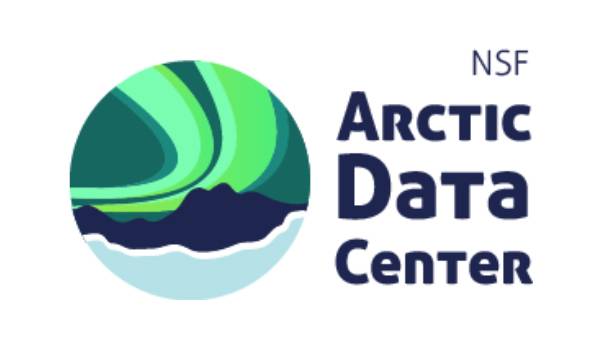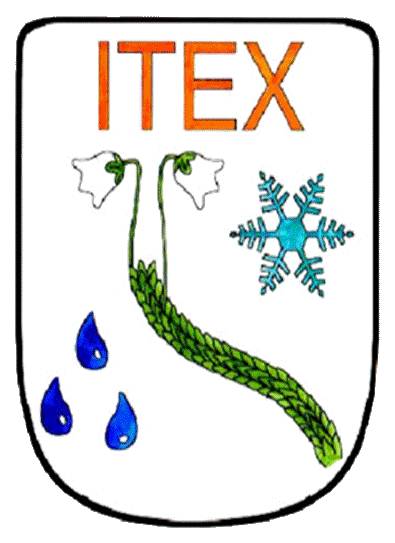Projects
This page outlines the primary activities of the GVSU AEP. Visit the ITEX-AON Explore Data page to see some of the data we collect or go to individual Members of the AEP for copies of recent posters and presentations.
To the right is a brief video about Climate Change with references to the research done by the AEP
Brief Description
The research of the Arctic Ecology Program seeks to quantify and improve the understanding of short-term and long-term responses of tundra vegetation to warming and document the changes in tundra vegetation occurring. We provide data for improved prediction of the response of the tundra to climate change and real-time data on the current state of the Arctic vegetation. The research is funded by the US NSF Arctic Observatory Network (AON) Program.
Measures Collected
Plant Phenology and Growth
Species Composition and Abundance
Screen Height Temperature
Canopy Temperature
Soil Temperature
Precipitation
Canopy Relative Humidity
Soil Moisture
Light Intensity
Wind Speed
Thaw Depth
[1540824680].jpg)
Data Access
At the NSF Arctic Data Center
use the search function "Robert Hollister" or email [email protected]
Direct links to the main datasets
- Thaw depth in the International Tundra Experiment (ITEX) plots at Utqiaġvik and Atqasuk, Alaska. Arctic Data Center. doi:10.18739/A22J68580
- Plant community composition in the Arctic System Science Program (ARCSS) grid at Utqiaġvik and Atqasuk, Alaska. Arctic Data Center. doi:10.18739/A2MG7FX0Q
- Plant community composition in the International Tundra Experiment (ITEX) plots at Utqiaġvik and Atqasuk, Alaska. Arctic Data Center. doi:10.18739/A2697002R
- Plant phenology and performance in the International Tundra Experiment (ITEX) plots at Utqiaġvik and Atqasuk, Alaska. Arctic Data Center. doi:10.18739/A2XS5JJ3M
- Plant growth and flowering in the Arctic System Science Program (ARCSS) grid at Utqiaġvik and Atqasuk, Alaska. Arctic Data Center. doi:10.18739/A2P843X3F
- Climatic measures in the International Tundra Experiment (ITEX) sites at Utqiaġvik and Atqasuk, Alaska. Arctic Data Center. doi:10.18739/A2M03XZ6H
- Air and soil temperatures and soil moisture in the International Tundra Experiment (ITEX) plots at Utqiaġvik and Atqasuk, Alaska. Arctic Data Center. doi:10.18739/A2V40K12R
- Plant density measurements in International Tundra Experiment (ITEX) and Arctic System Science Program (ARCSS) plots at Utqiaġvik and Atqasuk, Alaska. Arctic Data Center. doi:10.18739/A2ZW18T5P
Also a major contributor to databases compiled by the International Tundra Experiment to synthesis the response across many sites.
Generally researchers seeking data use the ITEX datasets because they have been standardized to allow for comparisons from across the tundra biome.
Original ITEX sites
The research conducted by the GVSU AEP is in many ways a continuation of research began at four sites established in the 1990’s as part of the International Tundra Experiment (ITEX). Since then, the project has expanded and includes a larger geographic area.
The sites span gradients of temperature, from cooler Utqiaġvik (formerly Barrow) to warmer Atqasuk, and moisture, from wet meadow to dry heath tundra types. The original ITEX sites consist of 24 experimental and 24 control plots. The experimental plots use small, passive, clear-plastic, open-top chambers to warm the tundra. The chambers raise the daily temperature of the tundra plant canopy by 1.5 to 2.0 ºC which is in the range predicted by global climate simulations for the next 50 years.
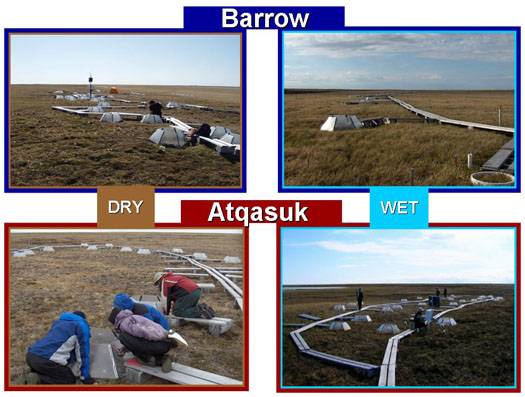
Funding for this research is provided by the Arctic Sciences Division of the Office of Polar Programs (OPP) of the National Science Foundation (NSF) (Award #s 0632263 0856516 1432277 1504224 1836839) with logistics provided by UIC Science and formerly by UMIAQ and the Barrow Arctic Research Consortium (BASC).

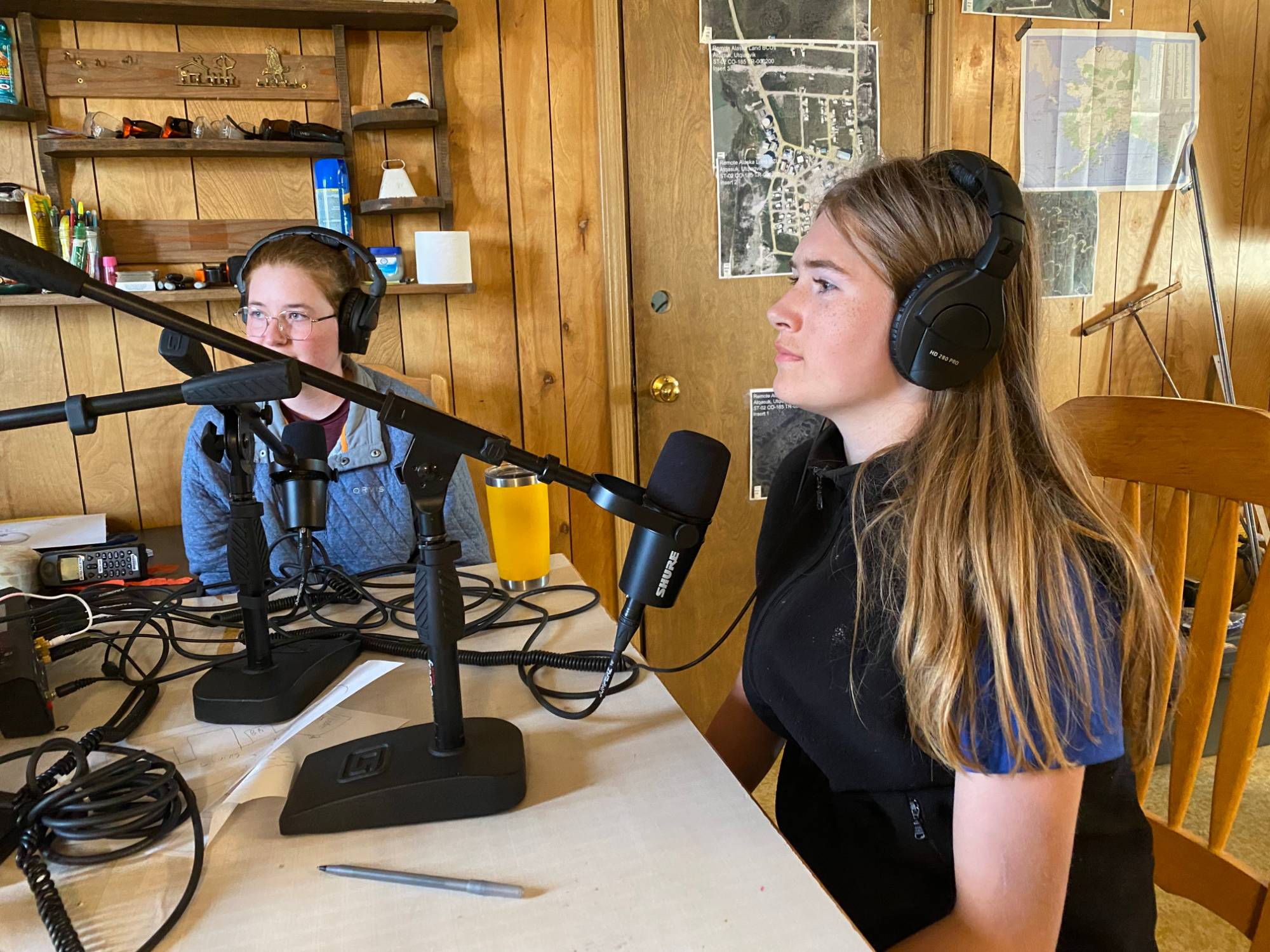

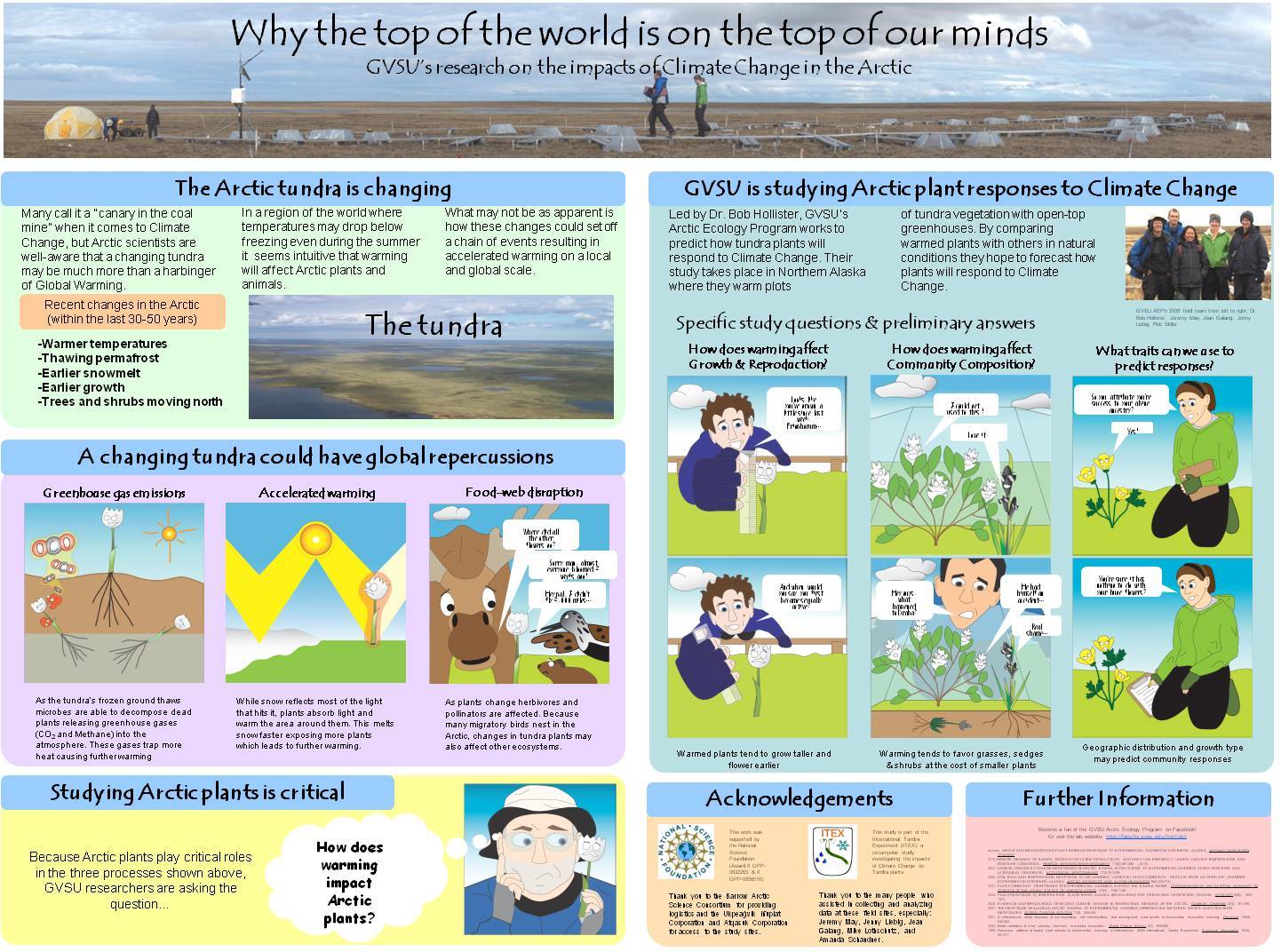
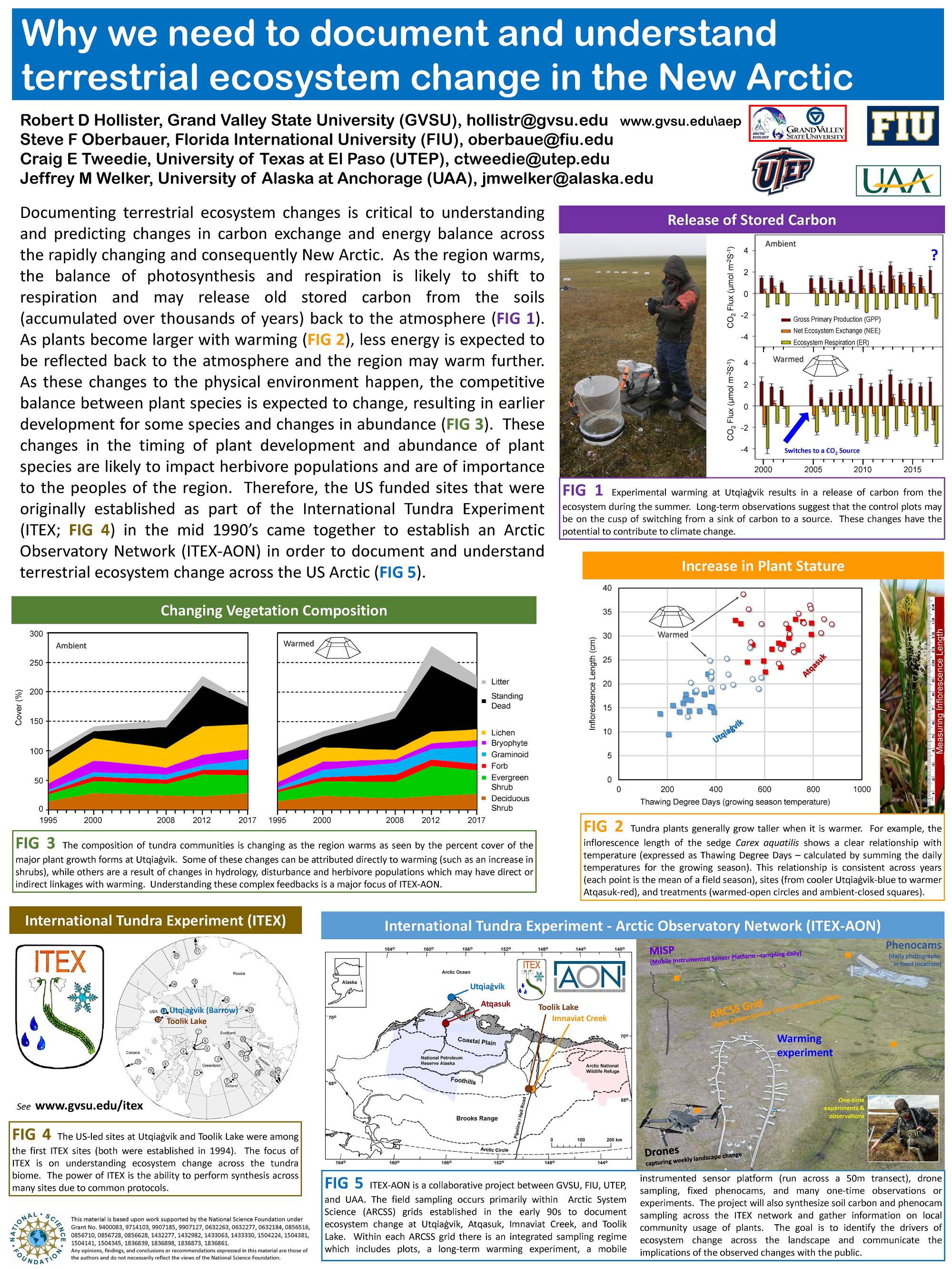
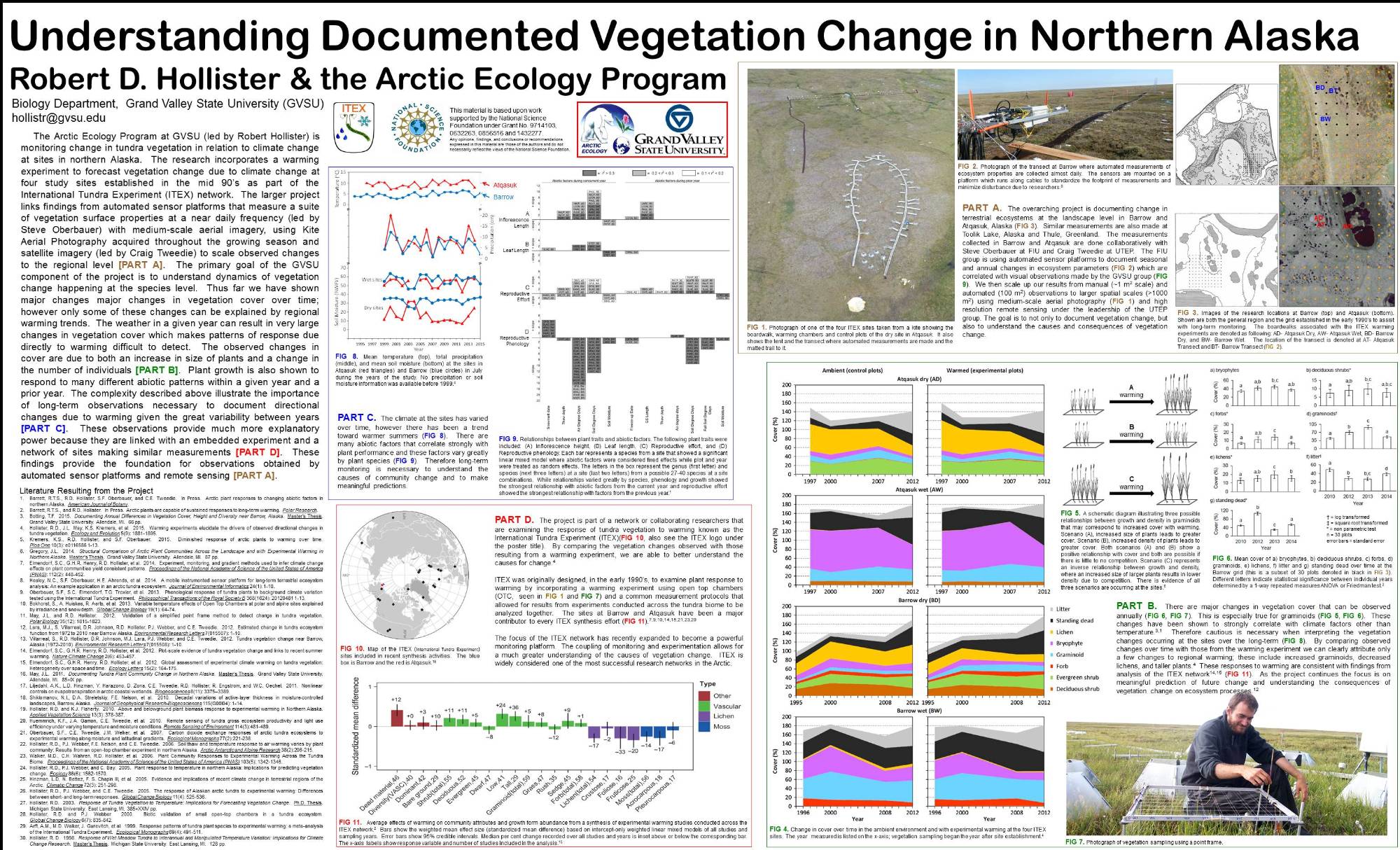
[1702916903].jpg)
